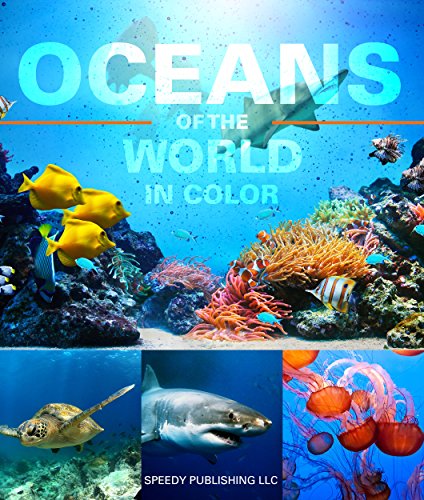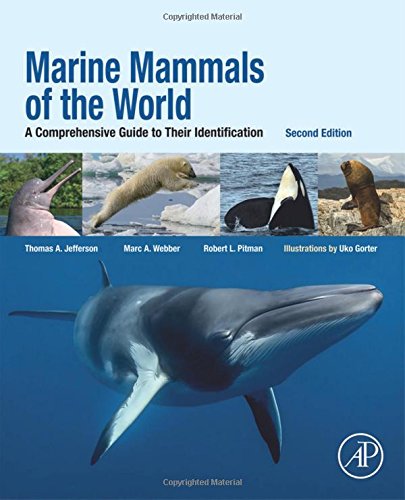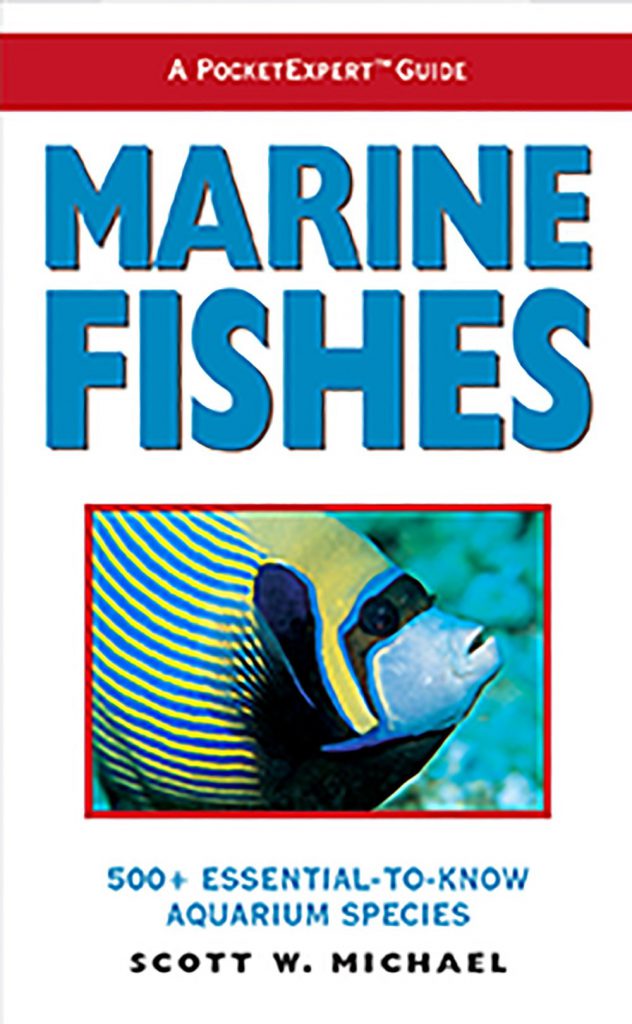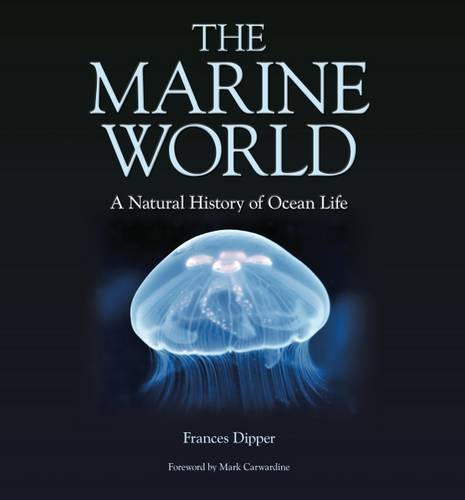
Oceans Of The World In Color: Marine Life and Oceanography for Children
Scientists believe that life on Earth began in the ocean, approximately 4 billion years ago. Oceans cover approximately 70% of the earth’s surface with an average depth of 2.4 miles, or 3,800 meters. The marine ecosystem, in addition to the temperate and tropical oceans, includes the shorelines, with mud flats, rocky and sandy shores, tidepools, barrier islands, estuaries, salt marshes, and mangrove forests making up the shoreline segment.
Marine ecosystems support a great diversity of life and variety of habitats. The ocean is a major influence on weather and climate.
Conventionally, the ocean has been divided into four major ocean basins: Atlantic, Pacific, Indian and Arctic oceans. Specific marine ecosystems such as coral reefs, estuaries, salt mashes, mangrove forests are found throughout the world, but are characteristic of certain areas, depending on climate, geography, water temperature, and other physical factors.
The oceans are a vital part of the water cycle that brings rain to our crops and forests — and drinking water to our cities. And the ocean also produces much of the oxygen upon which all human beings, and animals, depend. Many of our recent medical and scientific breakthroughs have been made possible in one way or another through ocean based research.
Because it’s so vast and deep the ocean absorbs much of the heat and light that comes from the sun. In fact it is so deep (average depth about 13,000 feet, with a maximum depth of 36,198 feet), that sunlight can’t even reach the ocean floor in most places.
The sunlight, and it’s warmth, seems to simply fade away as you go deeper into the ocean. But what really happens is a bit more complicated. In actual fact, there are currents at work within the ocean, causing the warm and cold water to move in complex patterns that control how the heat from the sun gets redistributed around the planet. And these warm and cold ocean currents actually help drive our weather patterns.
The ocean is divided up into three vertical zones. The top layer is called the euphotic zone and it is the area of the ocean where light can penetrate. The next layer is the disphotic zone. This area is too deep for lots of light to reach. Instead, the light here looks like our twilight on land. The deepest part of the ocean is called the aphotic zone, or deep sea. The water here is awfully cold, completely dark, and low in nutritional content.
The deep sea comprises 80% of all the habitats on earth, which makes it the largest habitat on the planet. The deepest point in the ocean, the Mariana Trench is deeper than Mt. Everest is tall! The Mariana Trench is about 36,200 feet (10,000 meters) deep.
Over 1 million species of plants and animals have been discovered in the oceans, and scientists say there may be as many as 9 million species we haven’t found yet. One reason the ocean is very important is because of all the algae. If it weren’t for marine algae we would not be able to breathe!
Through photosynthesis, marine plants and algae provide much of the worlds oxygen supply and take in huge amounts of carbon dioxide. This absorption of carbon dioxide may be a useful tool in reducing the severity of climate change.
The Earth’s oceans are home to most of the planet’s biodiversity. Here we can find mollusks, fish, whales, crustaceans, bacteria, fungi, sea anemones and many other animals. Animals have to deal with unique living situations in all zones of the ocean. The ocean is a salty place that is often cold. Many animals have special adaptations to handle this difficult environment.
Marine Mammals

Marine Mammals of the World: A Comprehensive Guide to Their Identification
Marine mammals have the same characteristics as all other mammals, but they have adapted to living all or part of their life in the ocean. To keep warm in the ocean, most of them depend on a thick layer of blubber (or fat). They have streamlined bodies to help them swim faster. Many species can stay under water for a long time, but must come to the surface to breathe. To be able to stay under water for long periods, they store extra oxygen in their muscles and blood. They also have more blood than land mammals in proportion to their body sizes, can direct their blood flow to only their vital organs (such as their heart and lungs), and can slow their heartbeat down so they are using less oxygen in a dive.
There are five groups of marine mammals: pinnipeds (seals, sea lions, fur seals, and walruses), cetaceans (whales, dolphins, and porpoises), sea otters, sirenians (dugongs and manatees), and polar bears.
Marine Fish

Marine Fishes: 500+ Essential-to-know Aquarium Species (PocketExpert Guide)
Fishes are cold blooded animals in the world that are covered with scales and equipped with a pair of fins to swim in the water. Unlike other animals in the world fishes do not have lungs as their breathing organ. Fishes are provided with a special organ called gills which are used for respiration. With the help of gills they draw oxygen from the water and into the blood stream. Fishes reproduce by laying eggs.
Fish has a streamlined body which helps them to move through the water quickly. To keep them safe from the enemies they have dark color on the top and light color on the bottom. They can change color rapidly and reflective cells in their skin discoloration. The size of the fish ranges from an inch to sixteen feet.
Depending upon the habitats and characteristics there are a variety of fish available on the world. Fresh water, tropical, marine, cold water and aquarium fish are the major types of fishes.
Fishes that are capable of living in the sea water are known as marine fish. Tropical climate is required for most of the marine fish to survive. Blue whale, dolphin, cuttle fish, jelly fish, loin fish and star fish are the major marine fish species.
Marine fish come in many different shapes and colours with each species having their own unique personality.
There are almost 15,000 species of marine fish. The appearance, nutritional requirements, environmental needs, reproduction, compatibility with other marine creatures, and survival adaptations of these different species vary remarkably.
Marine fish are vertebrates . Some have vertebra made of cartilage, while others have bony vertebra . Of the 28,000 known species of fish, about 15,000 species are marine .Fish are the oldest of vertebrates (found farther back in the fossil record) . Fish are by far the largest group of vertebrates in terms of species and abundance .About half of all vertebrate species are fish.
Marine Plants

Marine plants grow near the surface of salt water and ice, within reach of sunlight necessary for photosynthesis. Algae, the most plentiful type of marine plant, form the foundation of the food chain and crucial to a balanced ecosystem.
Water is essential to life. The earliest plants, primarily algae, formed in bodies of saline water covering prehistoric Earth.
These marine plants have provided fundamental nourishment in the food chain. No marine animals would have evolved or been able to survive if marine plants had not existed.
Marine plants support all higher saltwater life-forms. Marine sediments formed by algae often contain fossils that reveal aspects of marine plants’ evolutionary history. The distribution of marine plants was affected by plate tectonics as continents moved and ocean shapes changed.
Marine plants consist of two major types, the sea grasses and the algae and seaweeds. Sea grasses represent members of some of the more complex plants, while algae and seaweeds display simple forms and are often microscopic.
Marine Habitats

The Marine World: A Natural History of Ocean Life
Marine ecosystems are part of the earth’s aquatic ecosystem. The habitats that make up this vast system range from the productive nearshore regions to the barren ocean floor.
The marine waters may be fully saline, brackish or nearly fresh. Marine habitats are situated from the coasts, over the continental shelf to the open ocean and deep sea. The ecosystems are sometimes linked with each other and are sometimes replacing each other in other geographical regions.
Marine ecosystems are home to a host of different species ranging from planktonic organisms that form the base of the marine food web to large marine mammals. Many species rely on marine ecosystems for both food and shelter from predators.
All life on Earth is connected to the ocean and its inhabitants. The more you learn about the issues facing this vital system, the more you’ll want to help ensure its health—then share that knowledge to educate and inspire others!
If you have any information,questions, or feedback you would like to include in this webpage.
Please email momo19@naturekingdoms.com or leave your comments below.